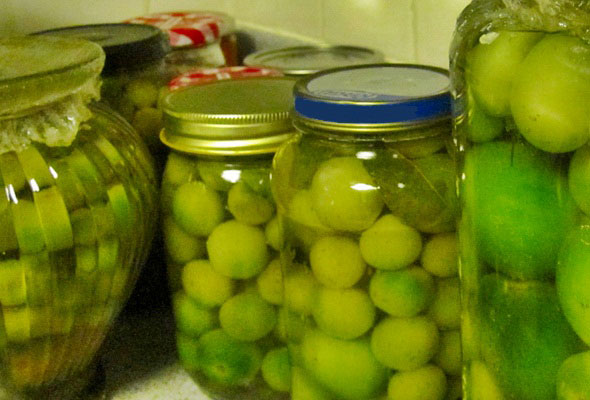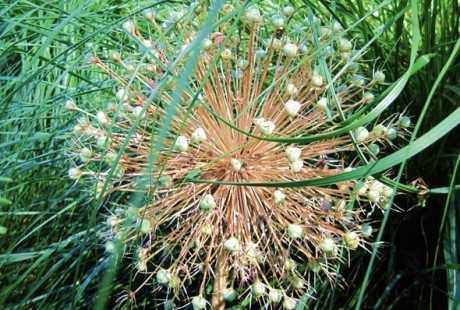rose propagation, rose pruning
The most common method of rose propagation is through stem cuttings. Cut a sturdy, still green stem around six inches long, making sure it has at least five leaves and preferably a spent flower. Bruise the end by crushing it or splitting it lengthwise, dip it in rooting hormone, which can be found at the plant nursery, and stick it in the ground in a location protected from excessive heat or draught. Place a glass jar over it and press it firmly into the soil, making sure no parts of the cutting touch the glass, so that condensation doesn’t encourage mold.
The cutting will develop a root system in its own time, it can be days, it can be weeks, it can be months. Don’t fuss over the appearance of the cutting, it has no bearing on the outcome, just because the leaves stay green it doesn’t mean that roots are growing, and a leafless stick doesn’t spell doom. The only sure sign is the appearance of new growth. At this point remove the jar and give the new plant plenty of water through its first year.
Roses benefit from pruning, it keeps them young, vigorous and healthy. Prune hybrid tea, miniature and landscaping roses to one third of their size, leaving only three or four green, non-woody canes, well spaced out to allow for good air movement. Prune one quarter inch above an outward facing bud, using a 45 degree cut. The best time is early spring, just as soon as forsythia blooms, and make sure the gardening shears are sharp and cleaned with alcohol, to prevent rose canker and other pathogens from entering the wound.
Don’t prune shrubs, climbers or ramblers, especially the once blooming ones. They flower on old wood and you’ll remove all the blossom buds. Trim the dead wood and overcrowding canes, if needed, but no more. If you want to reinvigorate an old shrub, prune it hard every ten years or so, but know it will not bloom the following spring.




 Previous Post
Previous Post Next Post
Next Post




